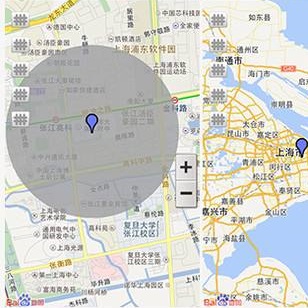Using pole and plane objects in lidar SLAM can increase accuracy and decrease map storage requirements compared to commonly-used point cloud maps. However, place recognition and geometric verification using these landmarks is challenging due to the requirement for global matching without an initial guess. Existing works typically only leverage either pole or plane landmarks, limiting application to a restricted set of environments. We present a global data association method for loop closure in lidar scans using 3D line and plane objects simultaneously and in a unified manner. The main novelty of this paper is in the representation of line and plane objects extracted from lidar scans on the manifold of affine subspaces, known as the affine Grassmannian. Line and plane correspondences are matched using our graph-based data association framework and subsequently registered in the least-squares sense. Compared to pole-only approaches and plane-only approaches, our 3D affine Grassmannian method yields a 71% and 325% increase respectively to loop closure recall at 100% precision on the KITTI dataset and can provide frame alignment with less than 10 cm and 1 deg of error.
翻译:使用Lidar SLAM 中的杆和平面天体可以提高准确性并减少地图储存要求, 与常用点云图相比。 然而, 使用这些地标进行地点识别和几何校验具有挑战性, 原因是需要全球匹配而没有初步猜测。 现有的工程通常只能利用极地或平面标志, 将应用限制在一定的环境范围。 我们同时并以统一的方式展示了全球数据联系方法, 用于使用 3D 线和平面天体进行利达尔扫描时的环闭。 本文的主要新颖之处在于, 代表了在被称为 afirpe Grassmannian 的 方块上从利达尔 扫描中提取的线和平面天体物体。 线和平面通信使用我们的图形数据联系框架进行匹配, 并随后在最小平方的意义上进行了登记。 与仅使用极法和仅使用平面方法相比, 我们的3D 飞地法法分别增加71%和325%, 以回回回回回点, 100% KITTI 数据集上的精确度, 可以提供低于 10 cm 和 1 degg 错误的框比 。



